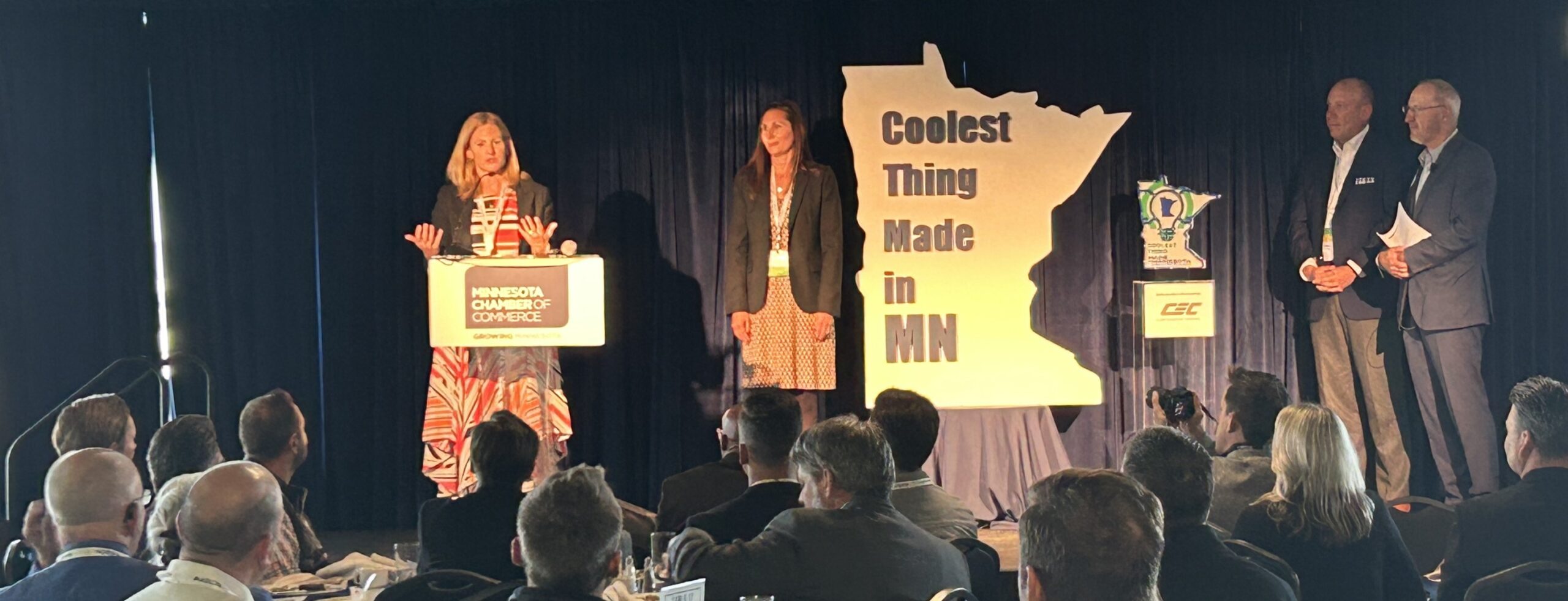“Great Scott!”
It’s already 2018!
With every fall planning season, and turn of the calendar year, our inboxes and newsfeeds are inundated with predictions of what’s on tap for the year ahead. While I sometimes struggle to confidently predict what I’m going to have for lunch tomorrow, I’ll leave the big and bold 2018 PR trend forecasts to the expert analysts. Instead, I’d like to travel back in time to reflect on the key issues our industry cared about a decade ago to recognize the progress we’ve made and see what lessons we can draw upon for new inspiration.
In December of 2008, the Minnesota Public Relations Society of America’s annual Professional Practices Conference commenced in the Twin Cities. The event was aptly titled, “New Media. New World. Discover how PR is evolving.” Discussions swirled around the changing media landscape, how to help brands understand the shallow yet murky waters of social media and how to start picking up the pieces left behind by a turbulent recession.
The event featured a media panel of three prominent Minnesota media figures centered on the ever-evolving media landscape and the changing relationship between PR practitioners and journalists. While another panel of senior leaders from local PR shops focused on how PR agencies are evolving to stay relevant in today’s changing world – from the work they do for clients to the way they operate internally.
As I look back on my notes from the conference, I’ve identified a few key takeaways that still resonate with me today as the media landscape continues to evolve and our specialty remains challenged to creatively drive business value.
When brands should implement new social media channels
At the end of 2008, Facebook had only been open to everyone 13 years old and above with a valid email address for two years. LinkedIn was five years old and Twitter wasn’t even out of diapers yet at just a year and a half.
Leveraging this “new media” for brands was still largely unchartered, especially for B2B brands. While there are a number of new digital channels to explore today, most of the guidance from the conference still applies:
- First, educate yourself on the new channel and determine if it will help you reach your target audience. If your target audience uses it, educate senior leaders on the benefits to gain buy-in and support to pursue a strategy.
- Consider if you have the time and budget to sustain frequent communication and engagement on the channel. This isn’t something you can start and not maintain.
- Start by listening. Track and monitor blogs and social accounts that matter to your brand and customers. Determine who the influencers are, pay attention to what matters most to them and use that information to enhance your content.
Journalistic integrity and quality writing will fuel survival of traditional media outlets
Ten years ago, the news cycle was rapidly changing from 24-48 hours to minute-by-minute. News was being reported as it happened from a variety of online sources. With increased pressure to get to a story first – and to get readers to click on their story instead of their competitors – reporters were starting to neglect confirming important details, thus impacting their quality and credibility. New online outlets were spurring increased competition and readers were starting to consume news in new ways. The landscape was shifting – significantly and rapidly – and the future of traditional media was in limbo.
The panelist’s predictions for the future of traditional media were largely accurate. The crew shared that there would be fewer journalists, but more niche and not-for-profit outlets. They also predicted that with smaller newsrooms, reporters would be more selective on the stories they cover, but rely more heavily on PR contacts to help pull stories together. We can expect this trend to continue as news sharing services grow and mergers gobble up outlets struggling for readers/viewers and ad revenue. And finally, while citizen journalism may rise, there will always be a need for professional journalists to uphold the integrity of their trade and transparently hold people and organizations accountable. We’ve felt these changes trickle down to the healthcare trade media, including the impact the recent surge of “fake news” has had on their smaller newsrooms.
Does this sound familiar yet?
“Press releases will be dead in three years (with the exception of SEC docs).”
With this statement, one of the speakers wanted to effectively put the kibosh on brands issuing too many unnecessary press releases and using releases as their sole means of communication to their audiences.
While I wouldn’t consider press releases dead today, I would consider them outdated. They still serve an important digital footprint purpose, but there are many other communications vehicles that brands can leverage to effectively share news. At Inprela, we’re counseling our client’s to be more selective about what constitutes “news” and are helping them evolve their PR mindset from earned media only to integrate owned and paid media opportunities that amplify their messages in a very targeted manner. This digitally integrated approach deploys modern marketing techniques to increase awareness, engagement and drive conversions.
Our approach isn’t flux capacitor science. But it’s smart, strategic and effective.
What new marketing communications trends have you scratching your head this year? We’d love to discuss them with you – drop us a line at connect@inprela.com.




